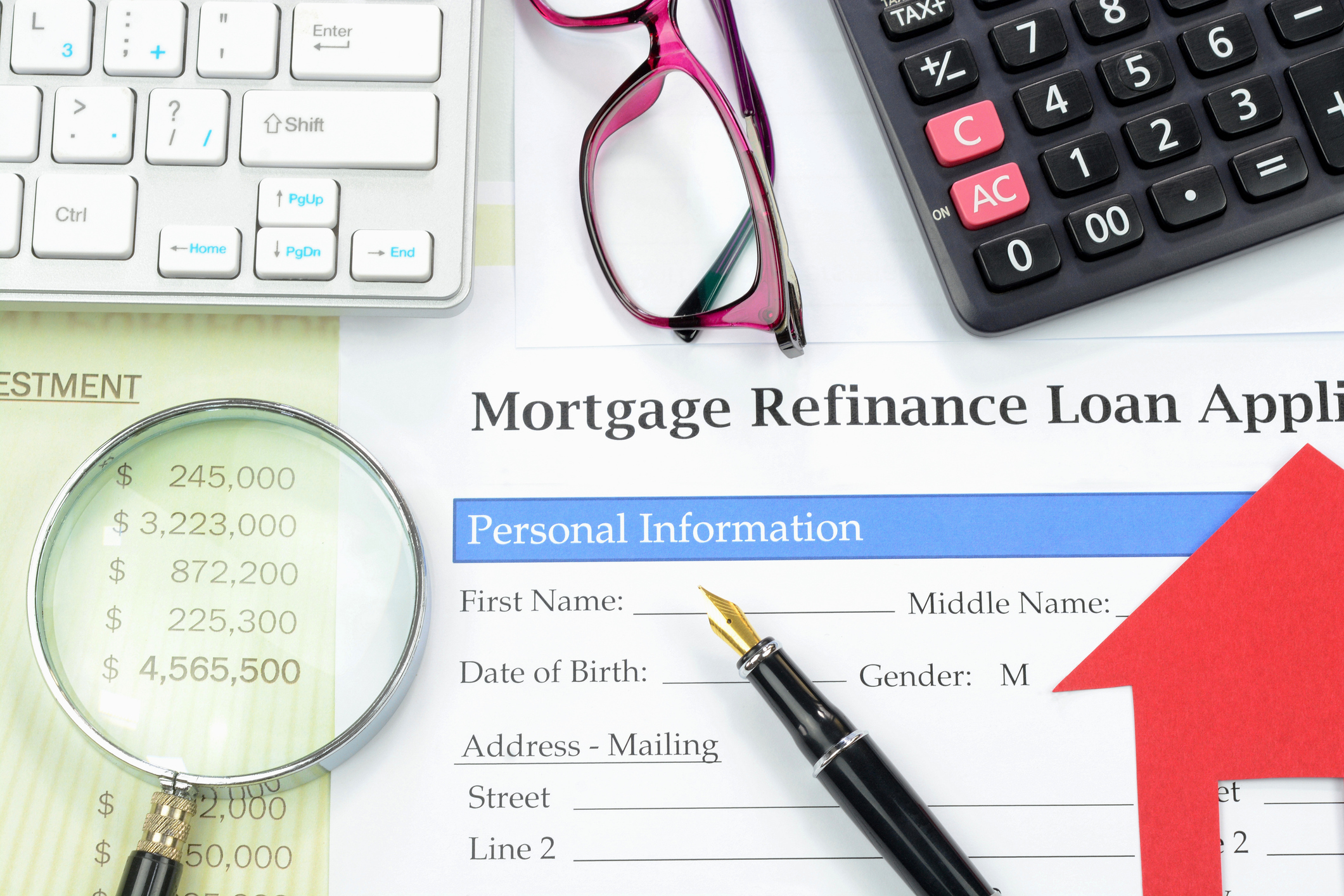You’ve undoubtedly heard about people getting ahead financially by refinancing their mortgages. But how exactly does home refinance work…and should you do it? Mortgage expert Keith Gumbinger explains the process and what to consider here…
What is refinancing?
Mortgage refinancing means replacing your existing mortgage with a new one. Virtually all American mortgages can be refinanced, and consumers take this step to achieve savings in some form. The classic reason is to get a better interest rate on the mortgage loan. If interest rates are currently 5%, a consumer who purchased a home back when interest rates were 7% can lower his/her monthly mortgage payment by refinancing.
Other reasons to refinance: Getting a lower interest rate is just one possible reason to refinance. And since market rates now are higher than they were over the past decade, there’s little opportunity to lower monthly payments. But depending on your goals, refinancing still can make sense—even if it entails a higher interest rate and higher monthly payment, it may still provide savings.
Example #1: Someone who needs cash to remodel his home might be considering a home equity loan at 10% interest. But by refinancing his mortgage instead, he can take out the necessary cash and repay it at a much lower rate than 10% over a 30-year term.
Example #2: Perhaps you have 25 years left on your mortgage. Refinancing for a 20-year term will bump up your monthly payment, but you’ll finish paying five years earlier…and save considerable money over the shorter timeframe. (Of course, you can also make extra payments on your existing mortgage to pay it off more quickly. More on that below.)
How soon can you refinance a mortgage?
You can refinance most mortgages at any time. A few have prepayment penalties for the first few years, but this is rare. The entire process takes about 45 days.
How much does it cost to refinance a mortgage?
The answer depends on the value of the home, but the figure usually is in the thousands. Rule of thumb: Refinancing will cost 2% to 3% of the property’s value. You can estimate the refinance cost by consulting the paperwork from the original mortgage. The costs will be similar.
You have a few options for handling these costs. You can pay them up front in cash…roll them into the loan amount…or exchange them for a slightly higher-than-market interest rate on the loan. Obviously, your decision will affect your monthly payments, so explore all your options.
How do I go about it?
Search for refinancing opportunities with your original mortgage company, local banks and online. Once you’ve selected an institution, you’ll complete a loan application and the company will have the property appraised and run a credit check.
Try the “Should I Refinance My Mortgage?” calculator at HSH.com. While you’re there, play around with the “Prepayment::Refinancing” calculator, too. You might find that prepaying your mortgage produces savings equivalent to refinancing.


